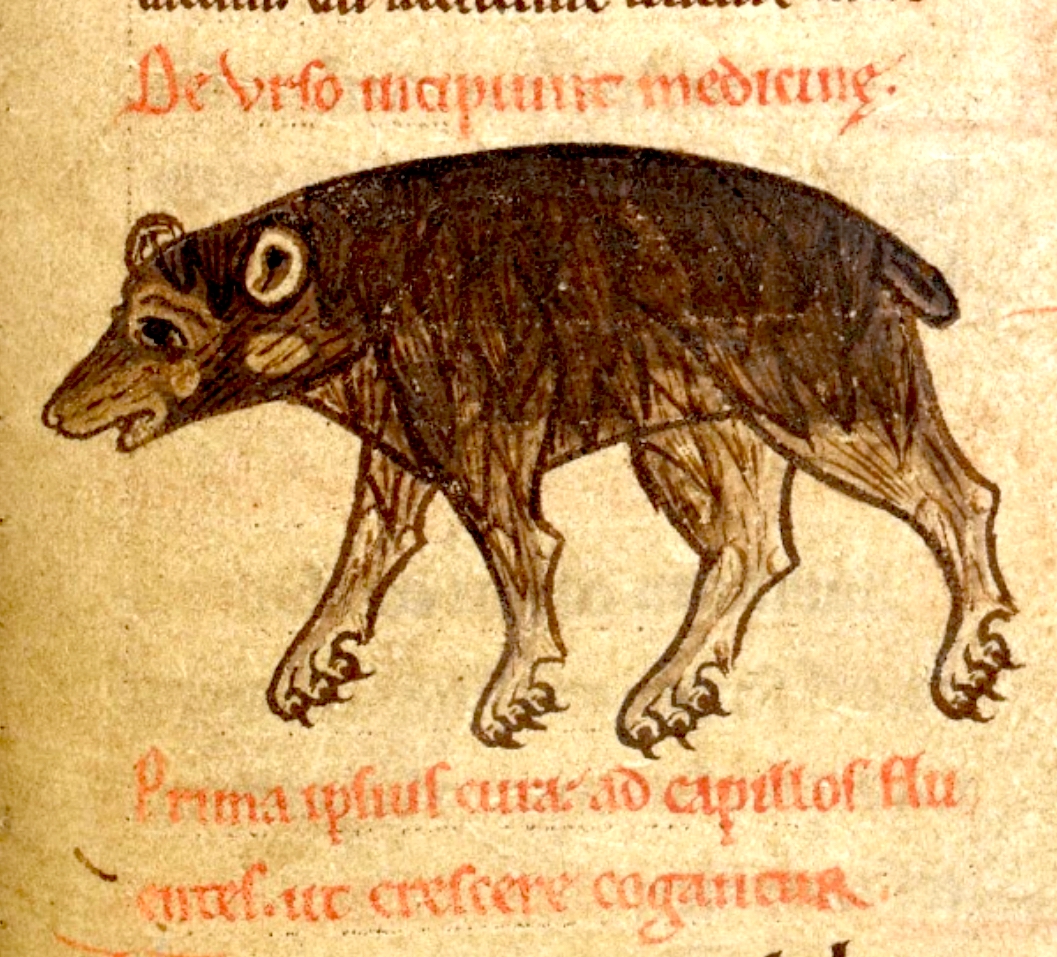daemonica

Web site describing the Lingua Daemonica conlang.
UDHR article 1
- Dðatþur-þtu1 tn ba-fparpiy-kiy sm
- human-all D2\COPY D2\UNERG-independent.of-gnomic D3\COPY.2
- All human beings are born free and
- bvü-bver-key sbü-ftū þirfpoy bm kē bm
- D3\REFL-balanced-gnomic D4\NMLZ-named D5\law D4\and D3\OBL D2\and
- equal in dignity and rights.
- pðū tn ba-bðarbðir-pir ba-kāki-pir
- AND.THEN D2\COPY D2\UNERG-study-IMPF D2\UNERG-take.care.of-IMPF
- They are endowed with reason and conscience
- pðū sba-bva-gžī-þti bva-ba-farzi pur-tþur2.
- AND.THEN D2\NMLZ-REFL-arbitrary.2-all D2\REFL-UNERG-partner ABS-IRR
- and should act towards one another in a spirit of brotherhood.
-
This is an example of “lingering” (a technique that Daemonica borrowed from Fith, as long as it was already borrowing the whole idea of a stack-based conlang). Dðatþur-þtu, “all people,” is placed on the stack at the beginning, copied twice throughout this paragraph, and only absorbed at the very end. By leaving the stack part-full throughout a long utterance, the speaker holds the audience’s attention, and the item that lingers on the stack functions as a topic. ↩
-
More literally: “all their relationships with each other should resemble the way someone treats a close friend.” ↩